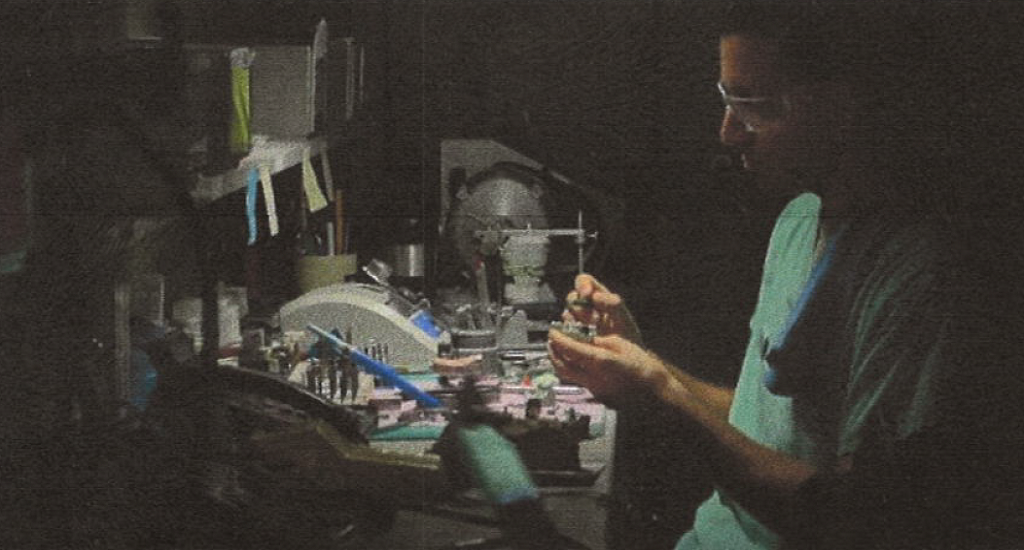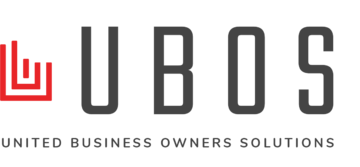Auto Repair & Auto Shops
New equipment is enabling Auto Repair and Auto Body specialists to develop their practice and procedures to impact their business in areas they were not doing before (development). Most importantly they are giving their clients more options (experimentation). These are new procedures that weren’t available before! The state of technology has changed and improved drastically in recent years (innovation /advancement).
New Equipment
- New auto diagnostic equipment that allows the shop to upload software to repairman’s computer and help him identify car engine and other problems
- New computerized alignment equipment
- New powerful lifts
Office Software
- Software to measure/analyze car damage and give repair estimates
- Software (or subscription service) to access automakers database
- Software to sync with Insurance companies to transfer information to them to help determine what insurance covers and to give customers options on what repairs can be made at what cost
- Websites that provide research tools and information
New techniques for very complex new car technology
- Shops must develop new procedures to effect repairs on safety features such as lane warning systems and automatic stopping system, the automatic parking system and soon the driverless vehicles.
- Providing special after-market features: stronger bumpers, spoilers, LED lights,
- Upgraded interiors, new paints, fancy wheels
Chiropractors
New equipment is enabling chiropractors to develop their practice and procedures to impact their business in areas they were not doing before (development). Most importantly they are giving their patients more options (experimentation). These are new procedures that weren’t available before! The state of technology has changed and improved drastically in recent years (innovation /advancement).
Equipment/Materials
- Cold Lasers
- Digital Motion X-Ray
- Activator Adjustment Tool
- Inclinometers
- Digital Motion X-Ray
- Diagnostic Thermal Imagers
- Many Kineo Tapes
Treatment Protocols
- Gonstead
- Thompson, drop table
- Granston GT
- Korean Specific
- Cox Flexion
- Atlas Ortho
New Procedures
- Several Electrical based treatments: electrodermal screening, electromyography, electrical nerve stimulation, Interferential current, electrical impulse adjusting
- Thermography – state of art radiation free screening using infrared waves
- Radiofrequency Rhizotomy – apply heated radiofrequency waves
- Diagnostic Thermal Imaging – scanning of the nervous system
- Therapeutic Ultrasound
- Dry Needling
Manufacturers
New equipment is enabling manufacturers to develop their products; processes and formulas to impact their business in areas they were not doing before (development). Most importantly they are experimenting with more options (experimentation). These are new procedures that weren’t available before! The state of technology has changed and improved drastically in recent years (innovation
/ advancement).
In 2019 the manufacturing industry claimed 61% of the Federal R&D credits – $11.1 billion.
New use of Automation:
- Now allows companies to achieve better designs, faster work, cheaper work
- New upgrades In CAD/CAM technology to automate processes
- New generation 3D printing that allows manufacture of actual product to match what is on a computer (rapid prototyping)
- Drones that can do surveying and surveillance
- iPads used by technicians to communicate with the office and other technicians and research the internet while at a job site
New Comprehensive Business Software:
- Has been available for many years but many companies are just now implementing them
- ERP (Enterprise resource planning) software – a very good Cloud based system is from NetSuite as
well as SAP - MES(Manufacturing Execution System) software – available from Prodsmart
- Order Entry and Customers Service systems – a major source here is Salesforce
- Oracle has many business systems
- Smaller businesses might use the Sage 100cloud system for scheduling, accounting and customizing the work environment
Manufacturing companies:
- Will have to do a lot to fight the COVID 19 virus
- New 5G networks will allow manufactures to better use sensor technology and more wireless applications in their business
Construction
Examples of Qualifying R&D Credit Activities for Contractors include:
- Planning new pre-construction processes and enhancements
- Funding research that you own the rights to the results and puts you at economic risk
- Developing new resources and delivery methods for hard bid jobs
- Customizing fixed-fees, bids, quotes, proposals and estimates where you may be at risk
- Designing schemes, developing processes and other intellectual property to meet the requirements of a request for proposal (RFP) provided you retain the rights and risks associated with the R&D. This would apply to bids won or lost
- Improving the infrastructure of highways, roadways, bridges or marine applications
- Refining runoff, drainage and storm water management systems
- Mitigating the effect of unstable soil or sand with foundation engineering improvements
- Enhancing structural designs to withstand hurricanes, storm surges, earthquakes, floods, high winds and other natural disasters
- Designing innovative green and energy efficient projects
- Testing material combination alternatives
- Installing high-tech equipment to operate more efficiently
- Value engineering
- Improving the overall construction process to increase efficiencies
- Design/build projects
- Pre-construction planning
- Development of means and methods for hard-bid jobs
- Green building design/LEED certification
- Energy-efficient design or improvement
- Experimenting with new material combinations and evaluation of their performance properties
- Development of innovative assembly of construction methods that accelerate or improve the construction process
- Dew point analysis to determine location and type of vapor barrier for walls, roofs and floors
- Designing HVAC systems for airflow and energy efficiency
- Designing electrical systems for efficient power usage
- Plumbing system design for efficient water usage
- Lighting system design for energy efficiency
- Drainage/storm management water management design
- Using building information modeling (BIM)
- High-tech equipment installation
- Plant production system design
- Green building design and LEED certification Energy efficiency design or improvement
- Foundation engineering to mitigate the effect of unstable soil or sand
- HVAC system design for airflow and energy efficiency
- Electrical system design for efficient power usage
- Plumbing system design for efficient water usage
- Lighting system design for energy efficiency
- Drainage or storm water management design
- Structural engineering to withstand earthquakes, hurricanes, fire, and other disasters
- Experimenting with alternative material combinations
- Dew point analysis to determine location and type of vapor barrier for walls, roofs, and floors
- Building information modeling (BIM)
- High-tech equipment installation
- Plant production system design and optimization
Dental Labs
By Charles R Goulding, Raymond Kumar, and Lauren Chin
The dental laboratory industry is experiencing consolidation with the disruptive technology of 3D printing enabling the rapid prototyping and fabrication of the highly customized parts their business creates for customers. As the 3D printing of ceramics, metals, and other materials enters into wider use, dental labs will find themselves innovating and consolidating to streamline and increase the speed of operations while lowering costs. These sorts of innovation activities may qualify for federal and state R&D tax credits.

The Research & Development Tax Credit
Enacted in 1981, the federal Research and Development (R&D) Tax Credit allows a credit of up to 13% of eligible
spending for new and improved products and processes. Qualified research must meet the following four criteria:
- New or improved products, processes, or software
- Technological in nature
- Elimination of Uncertainty
Process of experimentation
Eligible costs include employee wages, cost of supplies, cost of testing, contract research expenses, and costs
associated with developing a patent. On December 18, 2015, President Obama signed the bill making the R&D Tax
Credit permanent. Beginning in 2016, the R&D credit can be used to offset Alternative Minimum tax and startup
businesses can utilize the credit against payroll taxes.
3D Printing Transf Dental Lab Operations
3D printing is an additive manufacturing process that leverages computer technologies and layer-by-layer
fabrication to create customized, complex, and wasteless objects and parts. 3D printers are capable of printing
parts in a variety of materials, including metals and ceramics. The ability to scan and completely customize the
shape and features of the part reduces the design, build, and revision time of creating a part, which in turn creates
costly savings.
Considering the change in workflow and production pipeline, the dental lab will have to innovate to remain competitive. The initial cost of investment for a dental laboratory today would typically be $200,000, which is over
10 times more than the cost in 1990. The economic factors involved with the increased costs of investment and operation contribute to an ongoing contraction and consolidation of the industry in the last two years.
Technological Advancements Drawing In Dental Labs
The technological advancements in fields like CAD/CAM and additive manufacturing are not just driving the transformation of dental laboratories by themselves. Dentists and oral surgeons are also taking up these technologies in their local practices and will naturally pull the dental laboratory towards implementing these technologies into their operations by purchasing the equipment and changing their operations to support new demands in quality and speed.
Solutions in Dental 3D Printing and Scanning
There are several 3D printing and manufacturing players with a host of different scales for dental practices that wish to fabricate parts using 3D printing and scanning, as well as choices in driving software for 3D scanning, design, and prototyping. CAD/CAM software packages need to be unique in employing models and techniques within dentistry. Generating planes, curves, and implementing mechanical motion and limitations must be understood to create and place teeth or dental appliances inside a jaw.
StrataSys – Eden Prairie, MN
StrataSys is a leading manufacturer and provider of 3D printers. The dental 3D printers that StrataSys provides include:
- CrownWorx
- FrameWorx
- Object30 OrthoDes
- Object260 Dental Selection
- Object Eden260VS Dental Advantage
- Object Eden350V for Dental
- Object Eden500V for Dental
These 3D printers can accurately print surgical guides, veneer try-ins, crown & bridge models, models for clear
aligners, implant models and a wide range of various orthodontic appliances using 3D data directly from intraoral
scans and CAD designs.
Depending upon the needs of the laboratory for services offered, StrataSys 3D printers have the capabilities to jet
multiple materials from one printer, including medically approved transparent material for temporary in-mouth
placement. Additionally, printing solutions from StrataSys bring triple-jetting technology to dental and
orthodontics, for printing multiple materials at one time or implant models that mimic real gum-like textures for
accurate evaluation. This impressive feature provides users the ability to create gum-like softness and color with
complete control.
Conclusion
The ongoing disruption of the dental industry is closely linked with that of manufactures in healthcare and medical devices. In order to meet the new demands of speed and quality, research and development processes will be required to created innovative, improved technologies and processes to succeed. These research and development activities may qualify for federal and state R&D tax credits.
Is Your Company Involved With?
Engineering and Designing a new product
REQUEST A CONSULTATION

